The Assassin’s Creed franchise has long been recognized for its engaging narratives and rich historical contexts. However, players have often pointed out a recurring issue: repetition in gameplay. From the series’ debut, with its familiar mission frameworks, to the more recent titles, the concern remains prevalent. With the initial game’s limited mission types, Brotherhood’s tower-climbing, and Black Flag’s numerous tailing tasks, even the most popular entries in the series have not escaped criticism, particularly regarding their side content.
As the game worlds expanded, the repetitive patterns in gameplay seemed to grow as well. While vast maps can be thrilling, a lack of diverse activities often results in those expanses feeling more like chores than quests. Chasing down collectibles, clearing enemy strongholds, and synchronizing viewpoints can morph into monotonous undertakings rather than exciting adventures. Despite compelling storylines and engaging combat mechanics, the franchise has struggled to maintain freshness. However, the upcoming title, Assassin’s Creed Shadows, appears to be on the verge of breaking this cycle.
Understanding Repetition in Assassin’s Creed
Repetition: A Double-Edged Sword
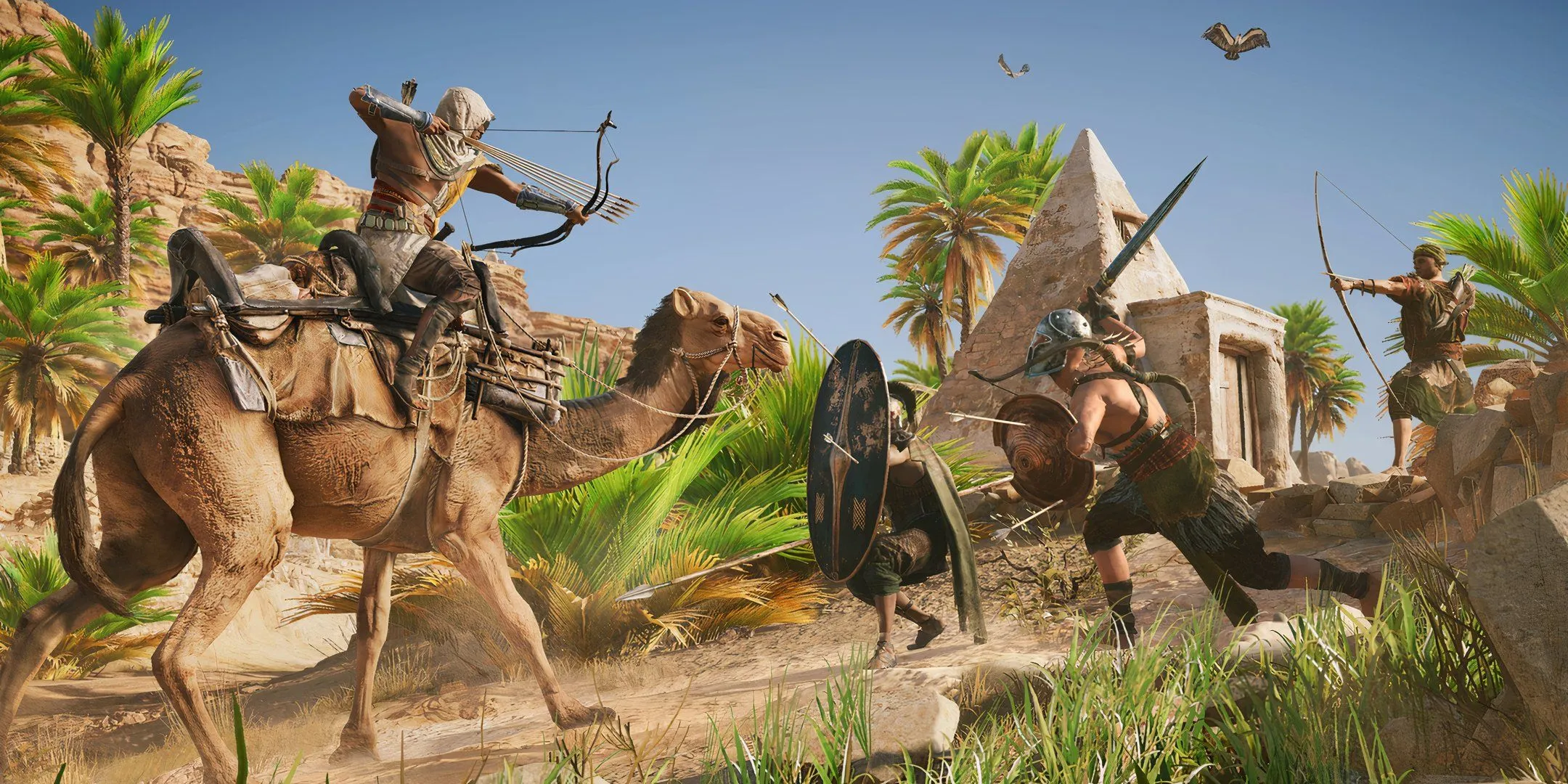
Repetition has been a hallmark of the Assassin’s Creed series since its inception. The original title set a precedent with its limited mission types: follow, eavesdrop, steal. While it established a strong foundation, many players found themselves trudging through experiences that felt too predictable by the end.
Subsequent releases aimed to introduce variety—Brotherhood offered an expansive Rome while Black Flag included thrilling naval battles. Yet, even critically acclaimed titles faced backlash due to excessive repetition, with numerous tailing missions in Black Flag and recurring tasks across Assassin’s Creed II.
Despite these shortcomings, games like Brotherhood and Black Flag thrived commercially. Brotherhood continues to be hailed as a classic, selling 7.2 million copies shortly after its release. The open-world RPG trend further contributed to the problem, with Origins, Odyssey, and Valhalla offering colossal maps filled with activities that felt overly formulaic. Players frequently encountered a blend of generic forts, camps, and outposts, feeling less like unique adventures and more like tedious checklists.
The sense of discovery began to wane, as players often found that new locations showcased slightly altered designs from prior experiences. The underlying issue lies not only in the expanse of the world but also in how that space is leveraged. Players crave meaningful exploration that rewards them, not chores disguised within vast landscapes. Fortunately, Assassin’s Creed Shadows appears poised to address these concerns.
Dynamic Stealth Mechanics in Assassin’s Creed Shadows
Stealth Mechanics: A Fundamental Shift

Assassin’s Creed Shadows breathes new life into the stealth mechanics that have long been a part of the series. Traditionally an optional playstyle, this installment elevates stealth to a crucial gameplay element, making sneaking feel both organic and integral.
Set in feudal Japan, Shadows has garnered acclaim, even eclipsing past titles like Valhalla regarding player engagement on platforms such as Steam. Key innovations include the interplay of light and shadow, where players must remain vigilant—unexpected light sources can dispel hiding spots, adding an extra layer of tension and strategy.
Furthermore, environmental factors such as rain dampening footsteps and mud affecting movement add realism and variety to the stealth experiences. Players are urged to not only memorize enemy patterns but also to interact actively with their surroundings, contributing to a more immersive gameplay experience.
The game also features two distinct protagonists, each offering different approaches to stealth. Yasuke, a robust warrior, contrasts with Naoe, a nimble shinobi, enabling players to choose their preferred style of play. This duality transforms stealth into a dynamic element rather than merely an optional tactic.
Addressing the Open-World Challenges in Assassin’s Creed
Lessons for Future Titles
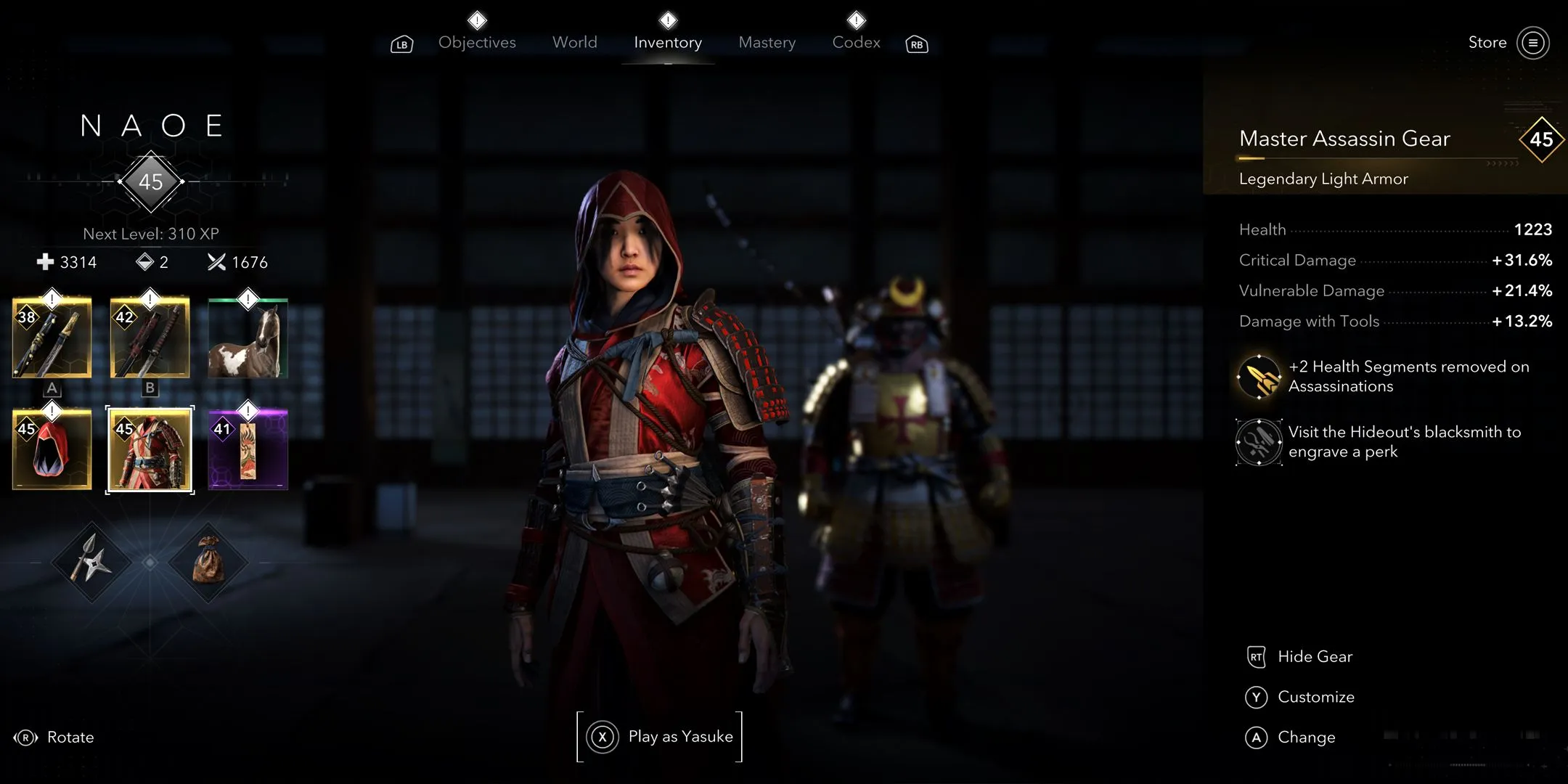
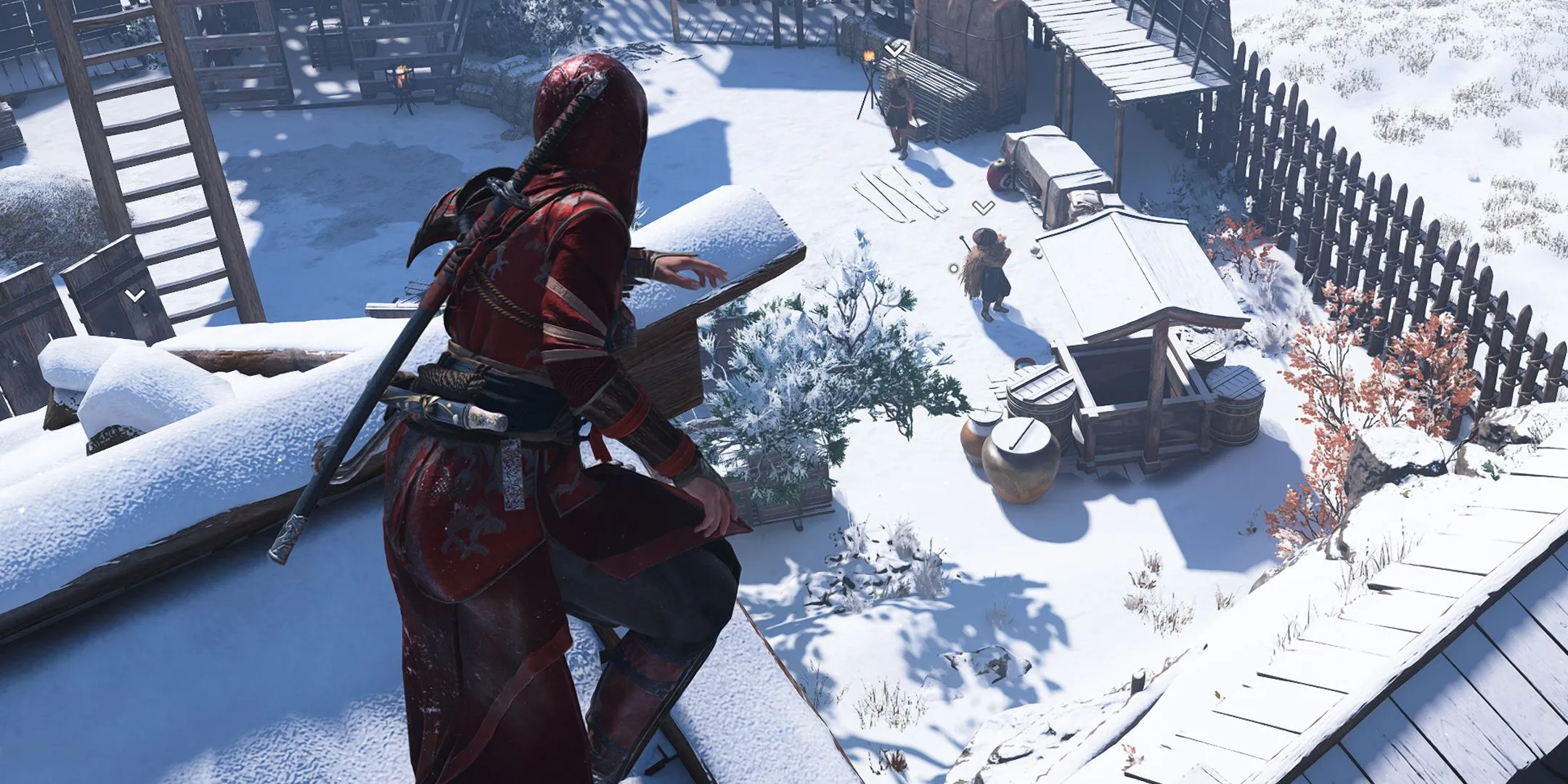
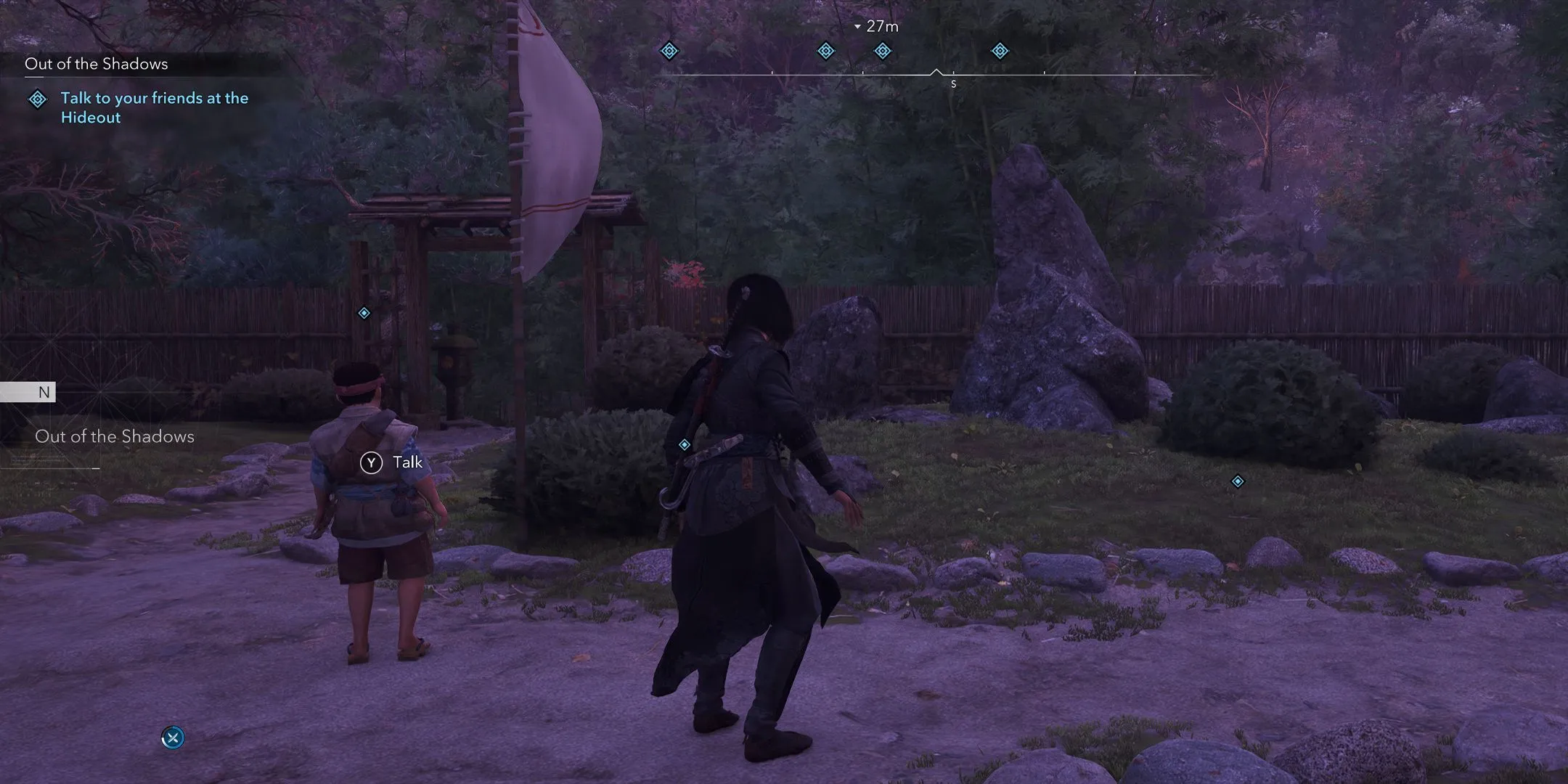
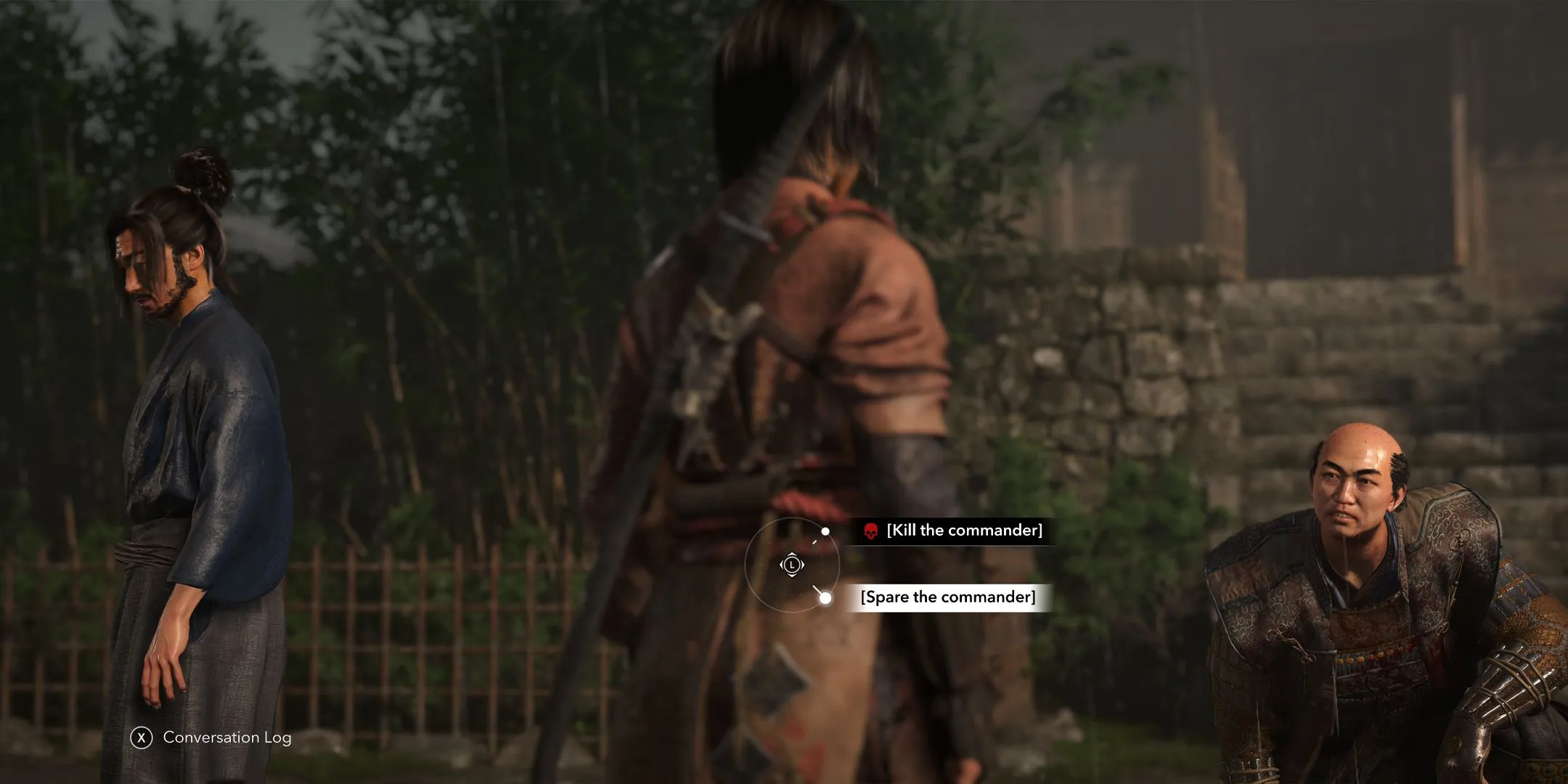
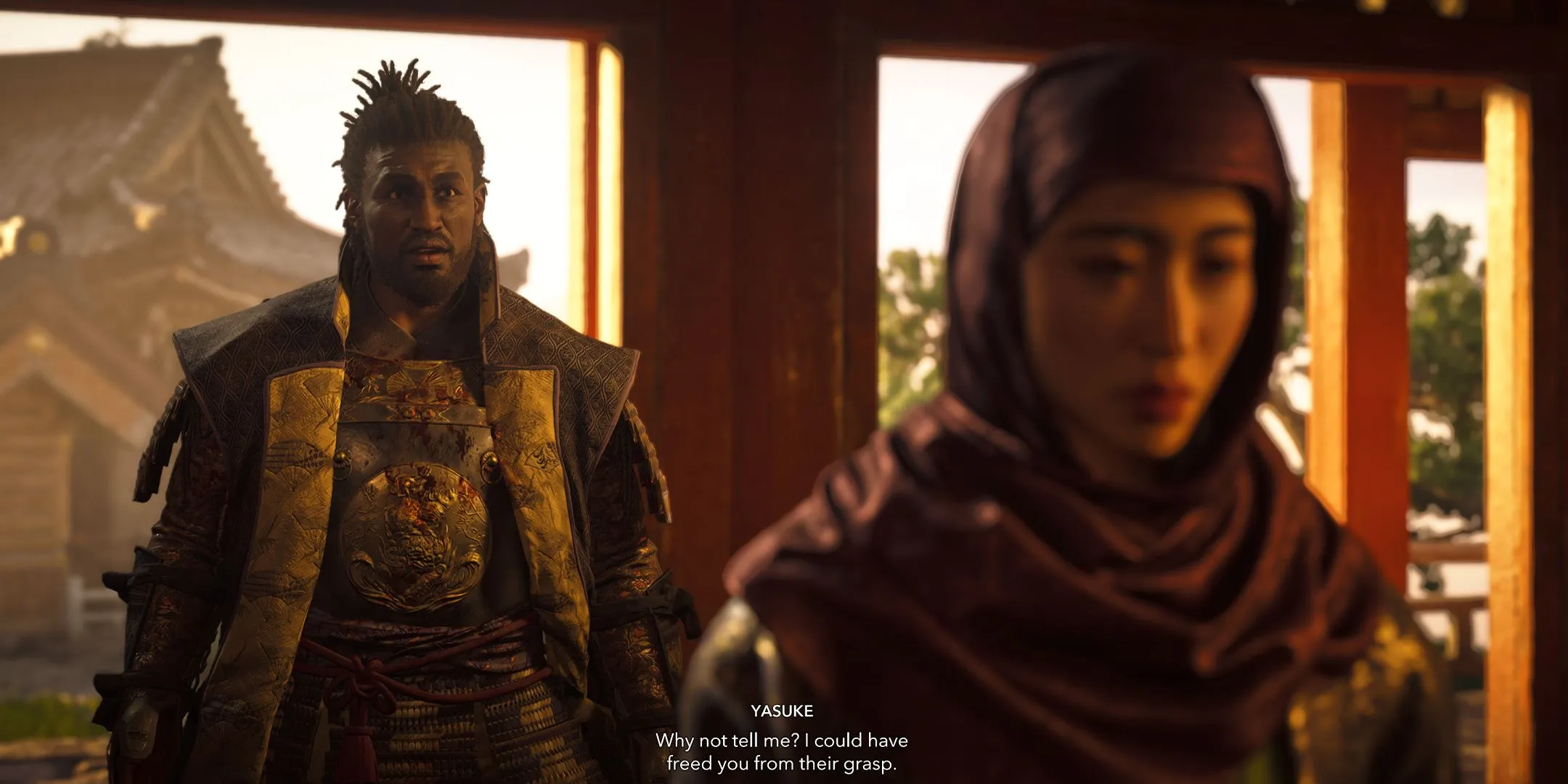
Previous installments like Black Flag and Brotherhood, while lauded for their immersive settings, nevertheless incorporated repetitive content. In contrast, newer titles such as Mirage and Unity showcased a focused approach to stealth and parkour, making those games feel much more engaging. Future entries could benefit from reducing world size to prioritize rich, detailed environments, emphasizing unique mission design over rote tasks.
The revival of classic elements, such as social stealth, could strengthen future Assassin’s Creed entries. Originally, blending into crowds served to enrich player experiences, making exploration feel less like mere checklists.
Ultimately, a gameplay emphasis on stealth not only fosters greater variety but also encourages creativity and adaptability among players. If Assassin’s Creed Shadows can successfully implement these mechanics, it may herald a new direction for the series, helping to alleviate the monotony that has plagued previous open-world titles.


